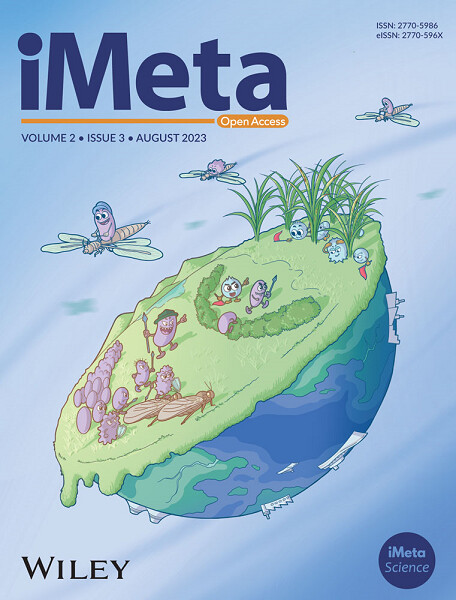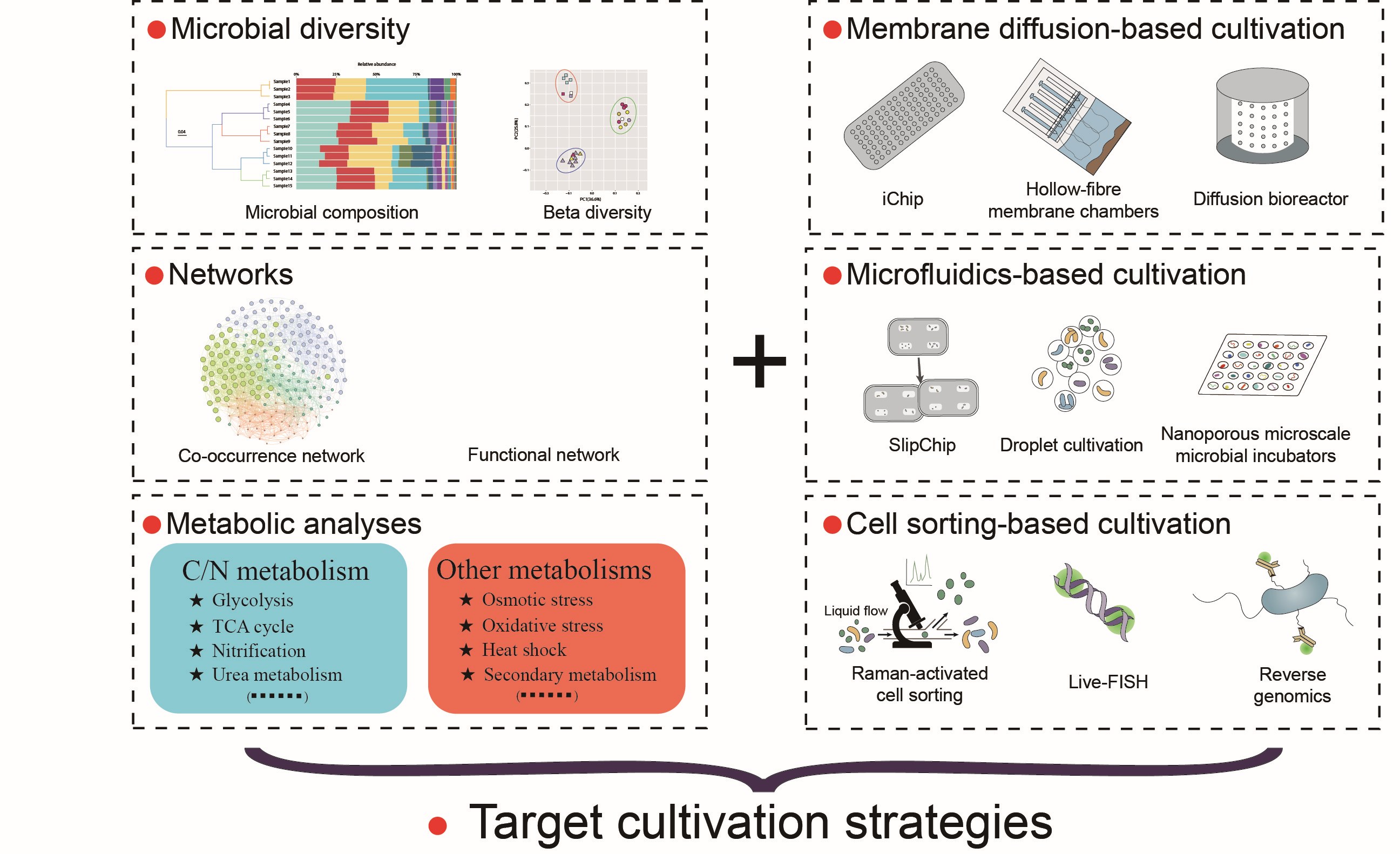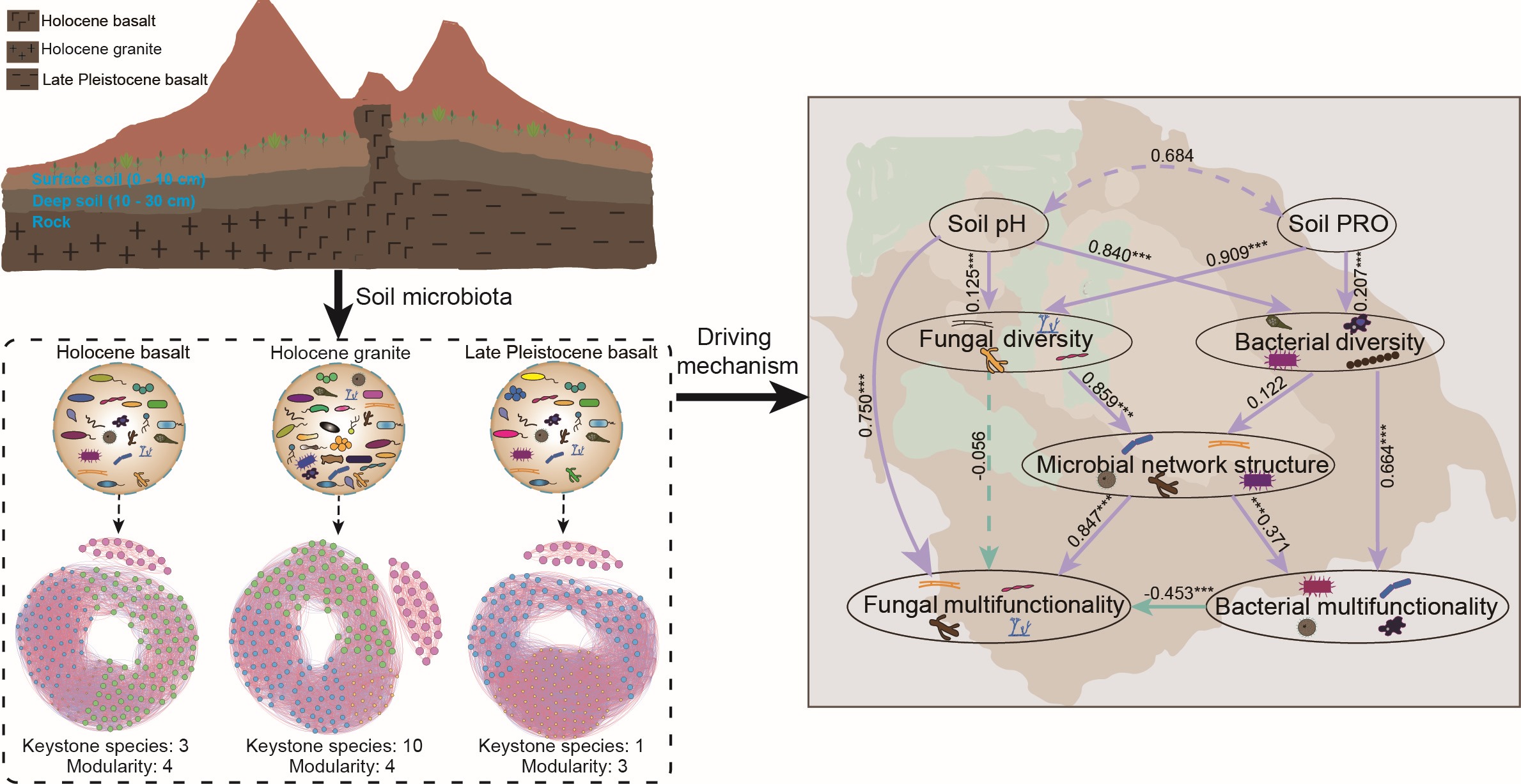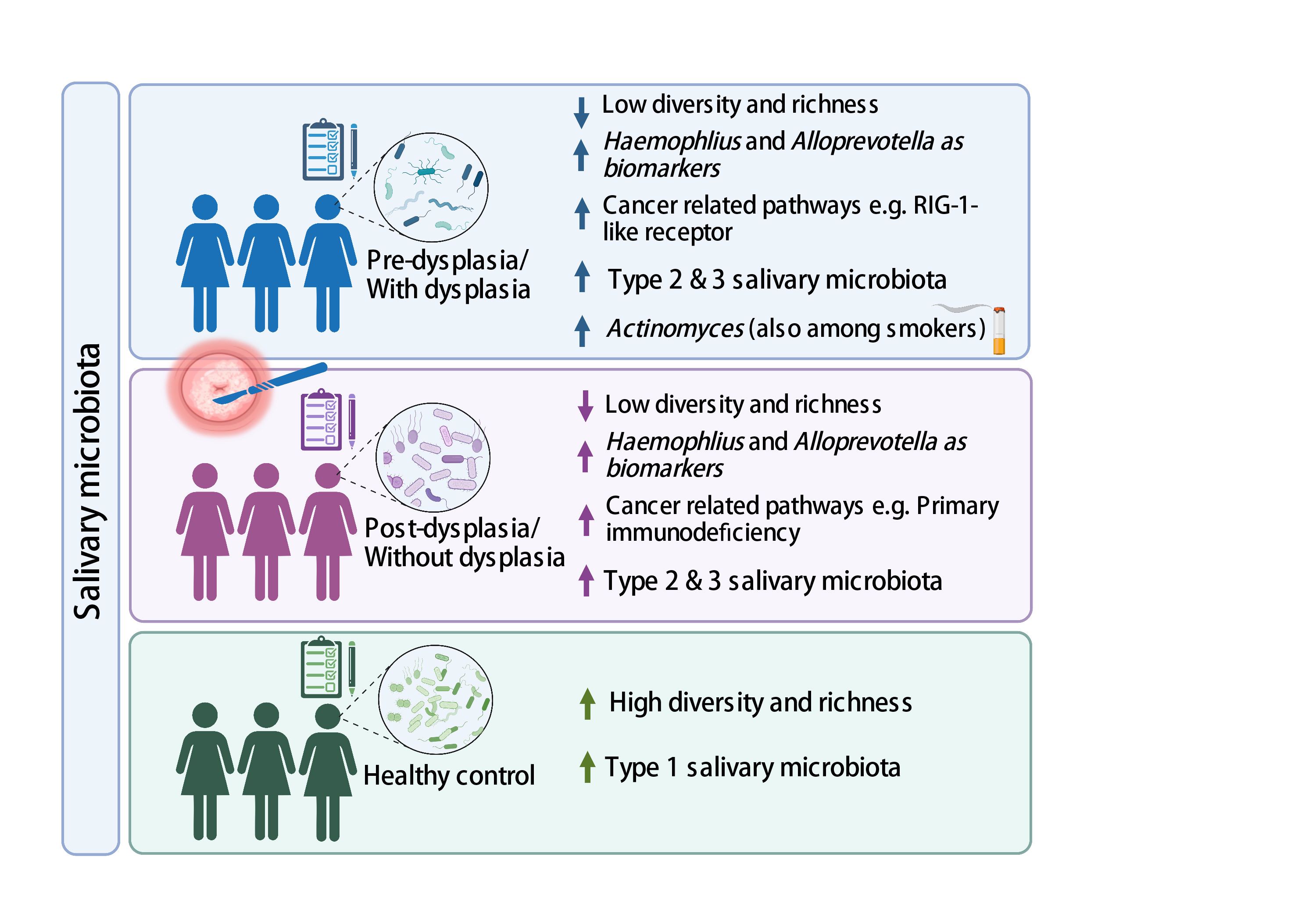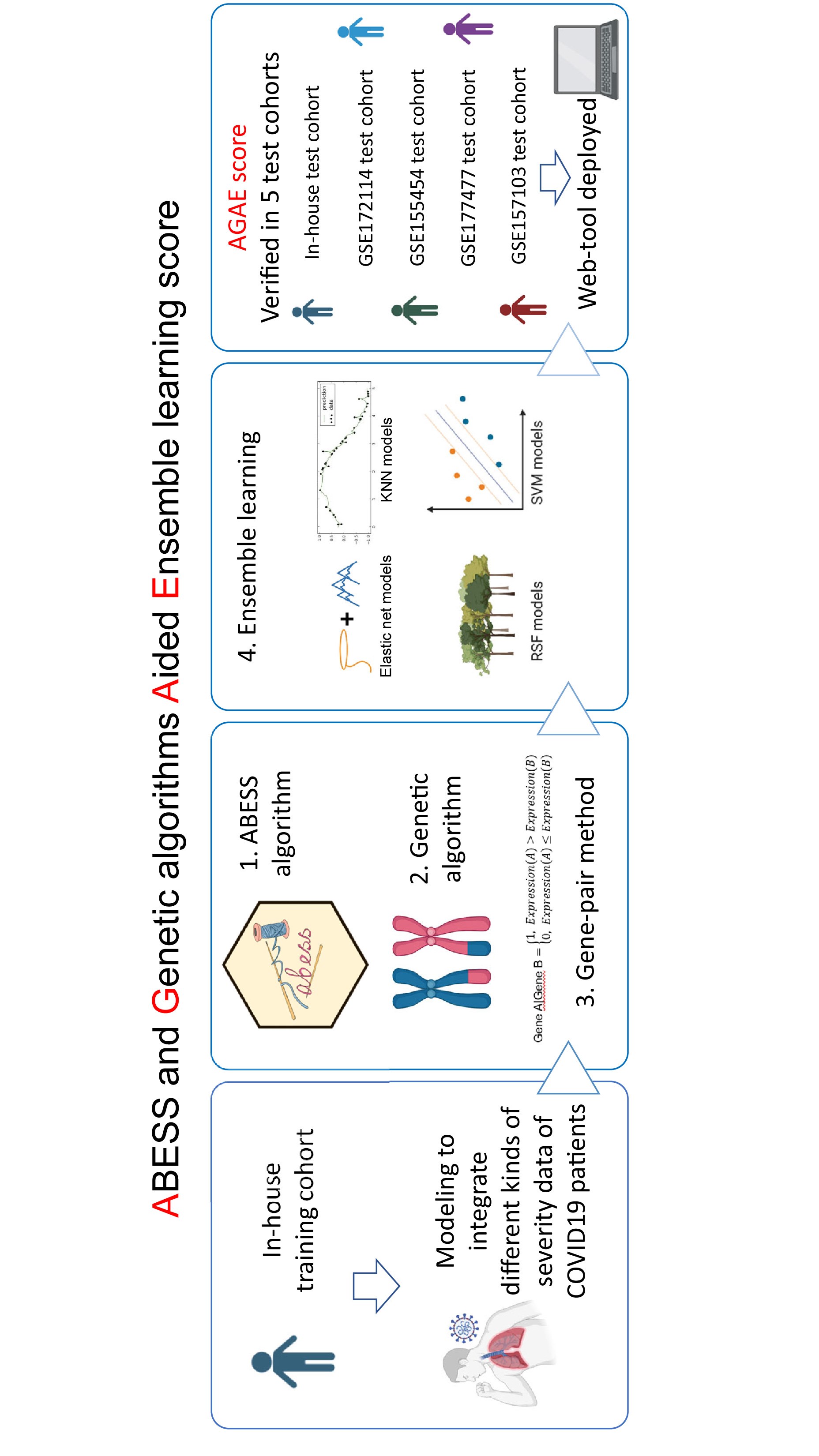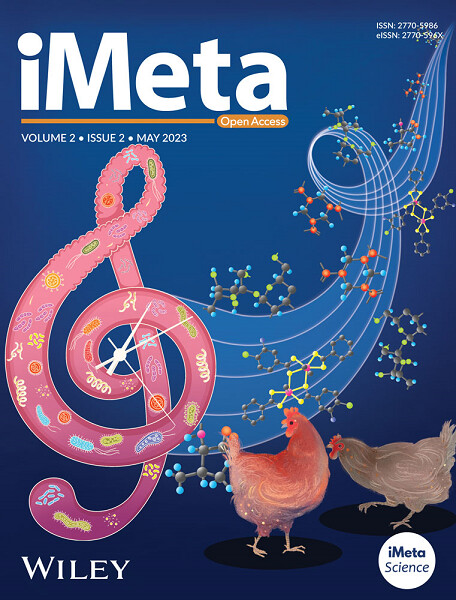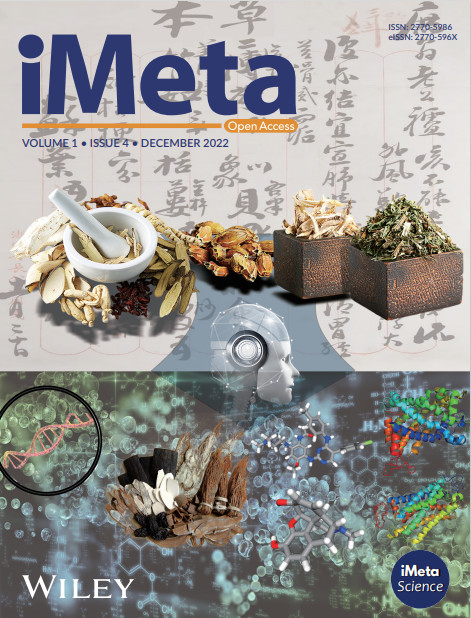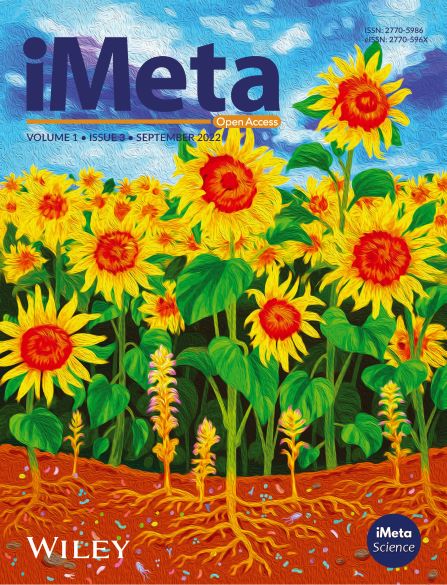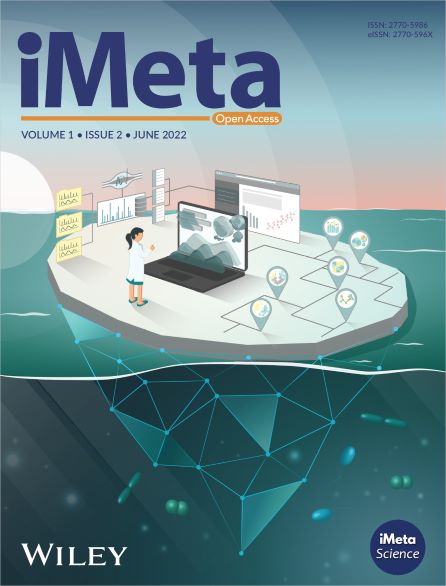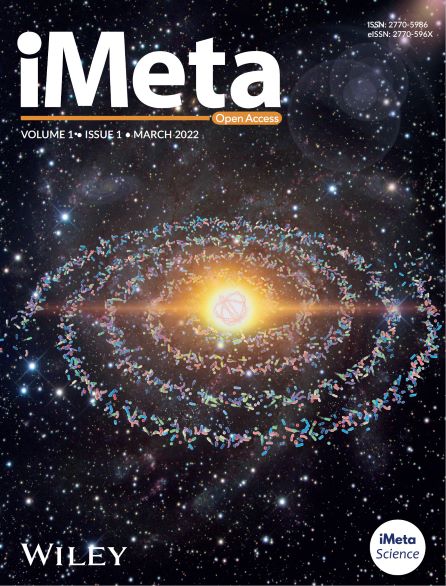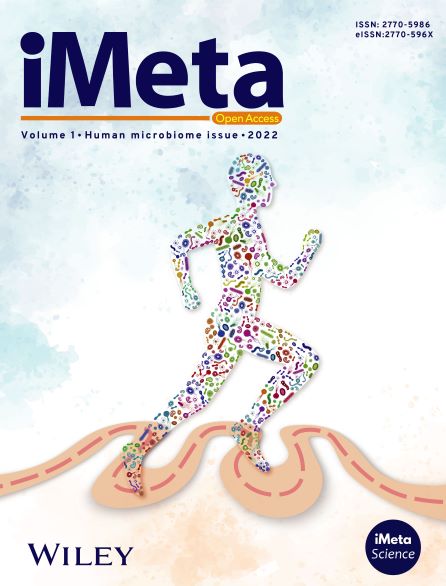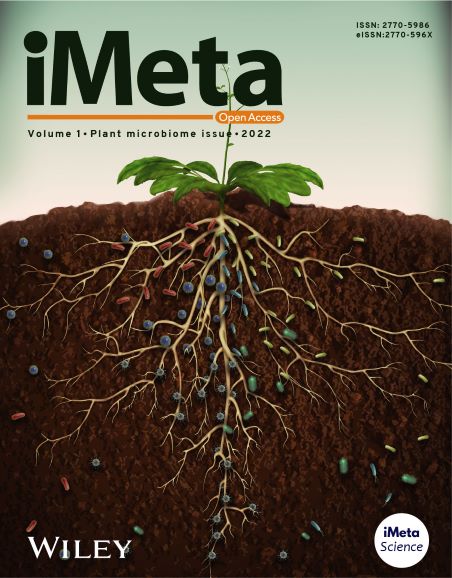PyComplexHeatmap: A Python package to visualize multimodal genomics data
- 25 May 2023
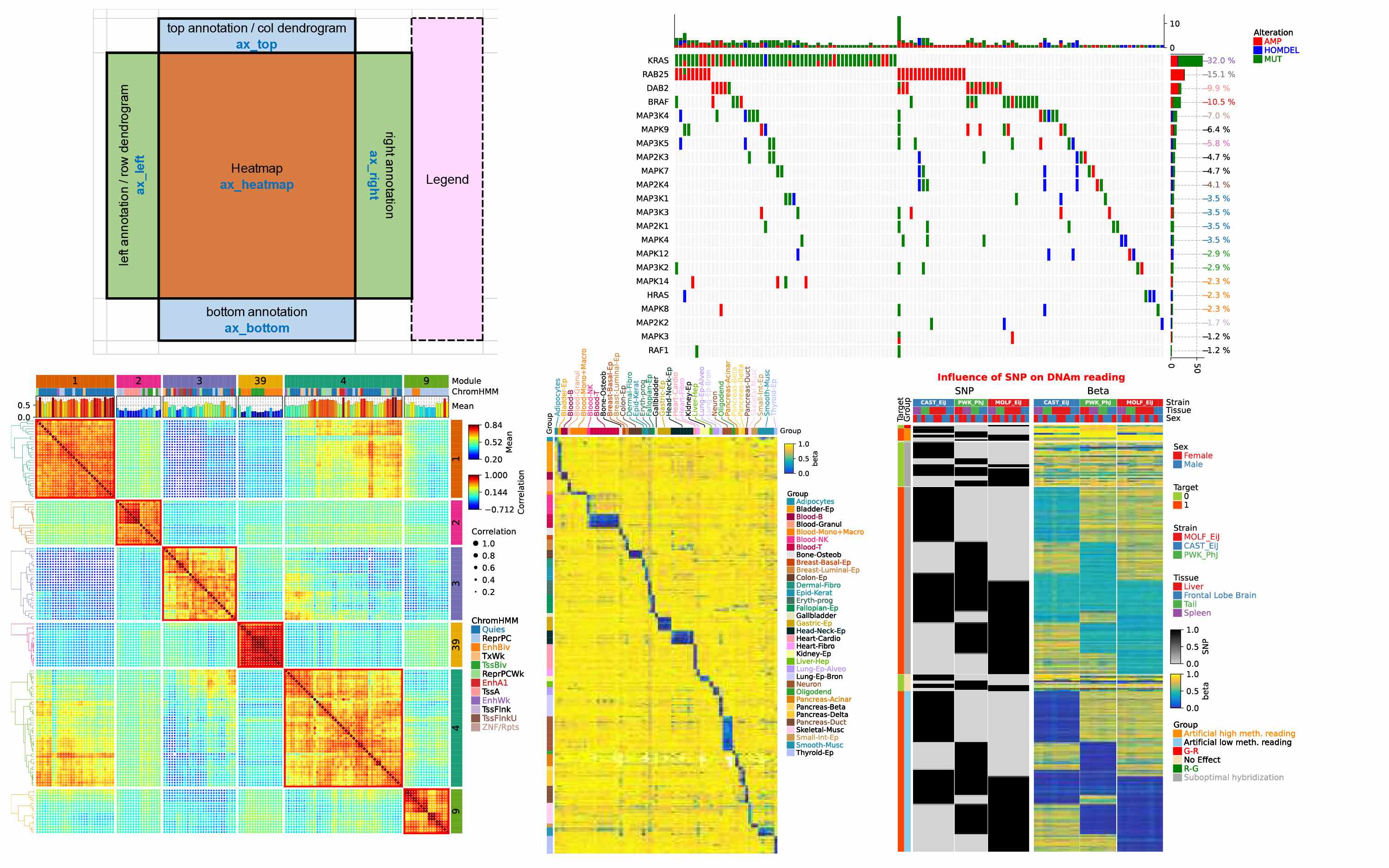
PyComplexHeatmap was designed to visualize matrix data and associated metadata through sophisticated, richly annotated heatmap layouts. We have integrated the R grammar-of-graphics semantics with the Python-native matplotlib/Pandas-based data science ecosystem, allowing users to utilize built-in matplotlib colormaps and project Pandas DataFrame directly as horizontal or vertical color bars. PyComplexHeatmap supports high-level data abstraction and can display up to five data dimensions within a single heatmap visualization.
ViWrap: A modular pipeline to identify, bin, classify, and predict viral–host relationships for viruses from metagenomes
- 07 June 2023
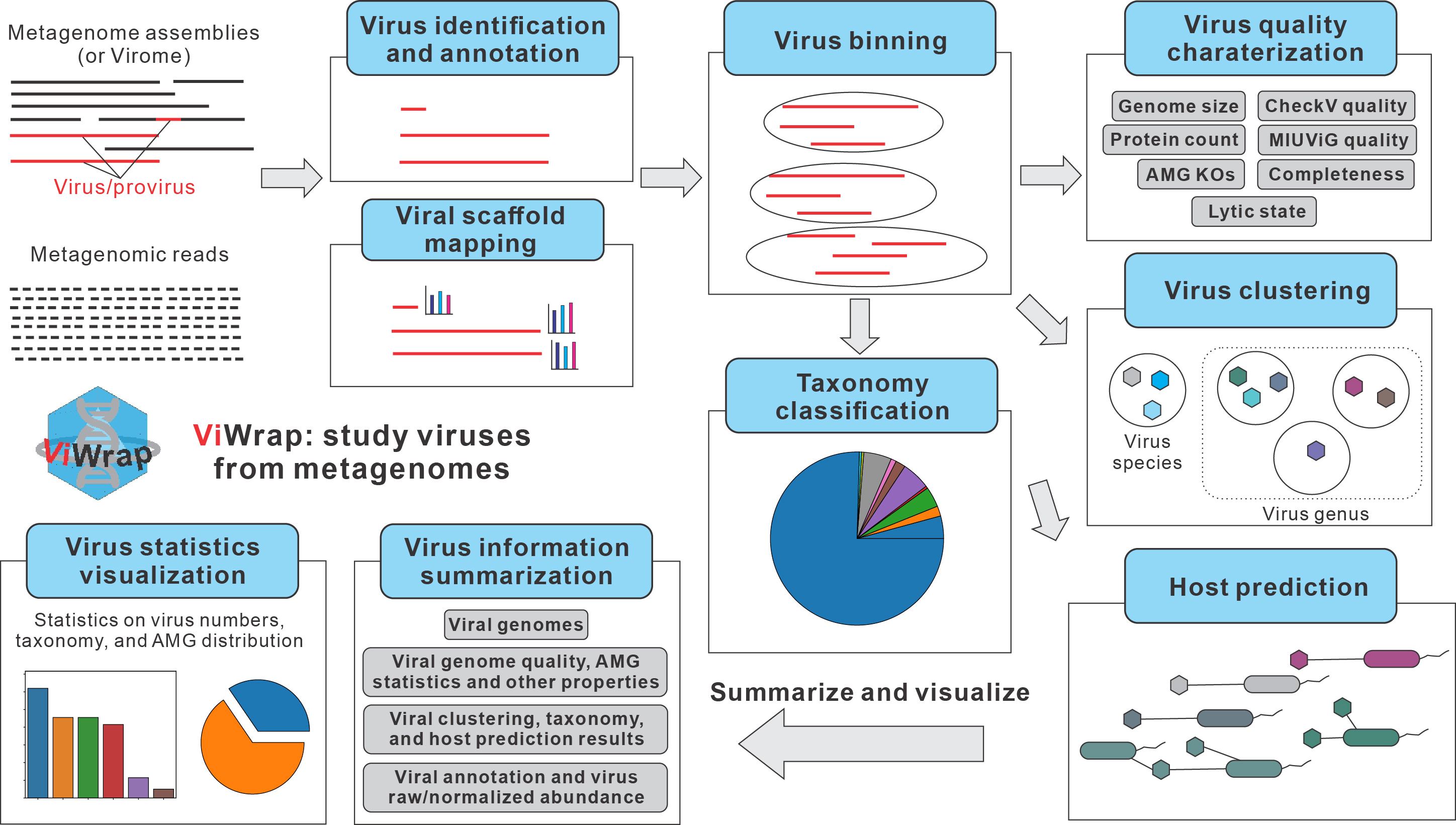
ViWrap integrates state-of-the-art tools and databases for the comprehensive characterization and study of viruses from metagenomes and genomes. ViWrap offers a highly flexible, modular, customizable, and easy-to-use pipeline with options for various applications and scenarios. ViWrap enables a standardized and reproducible pipeline for viral metagenomics, genomics, ecology, and evolution.
Single-cell rapid identification, in situ viability and vitality profiling, and genome-based source-tracking for probiotics products
- 25 May 2023
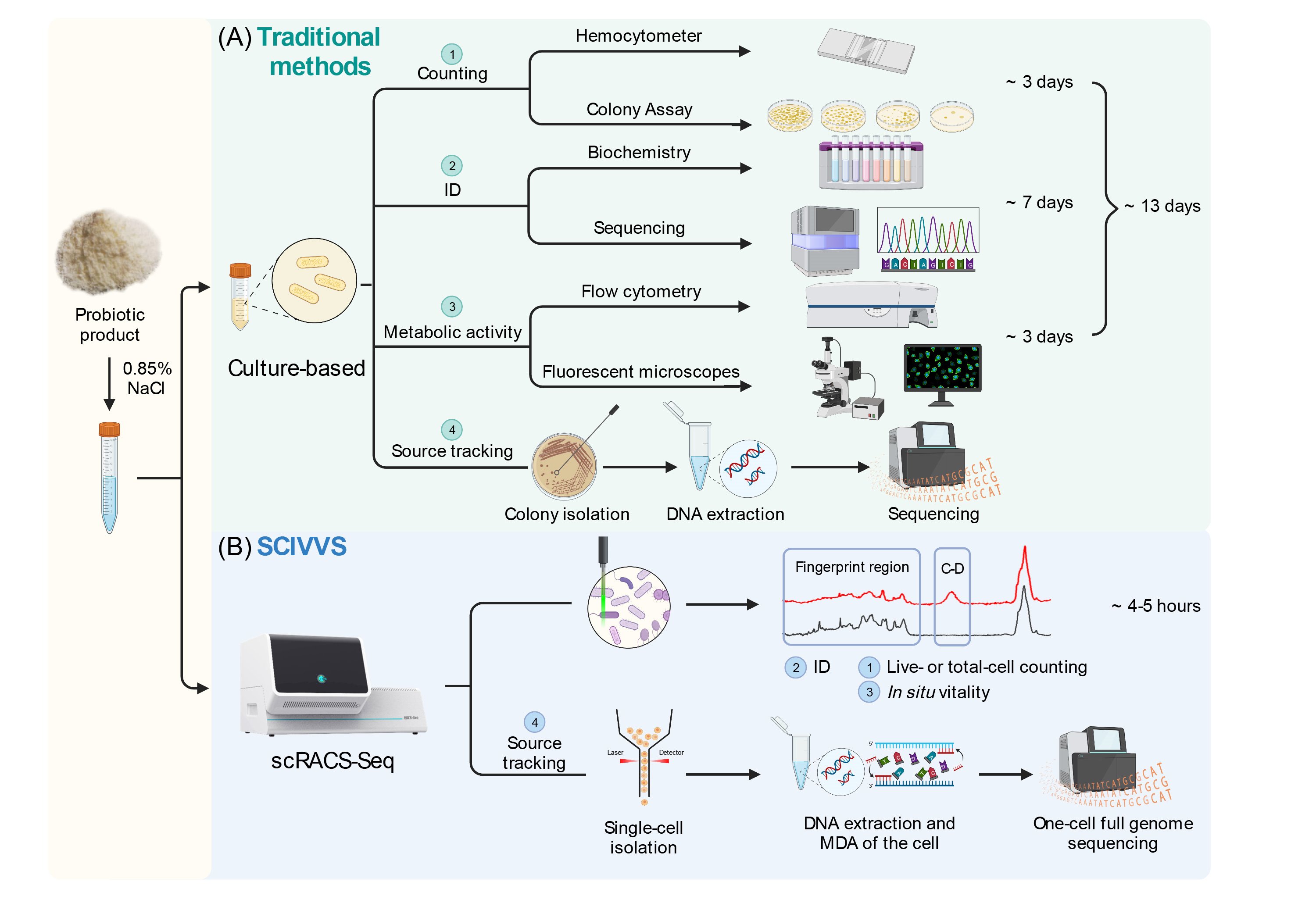
The rapid expansion of the probiotics industry demands fast, sensitive, comprehensive, and low-cost methods for quality assessment of such live-cell products. However current methods are slow, tedious, and incapable of quantifying in situ vitality or its heterogeneity. Here, we introduce a culture-free, one-cell-resolution, phenome-genome-combined strategy called Single-Cell Identification, Viability and Vitality tests, and Source-tracking (SCIVVS). As it is >20-fold faster, >10-time cheaper, vitality-revealing, heterogeneity-resolving, and automation-prone, SCIVVS is a new technological and data framework that can transform quality evaluation, biomanufacturing-process monitoring, and intellectual-property protection of probiotics and other live-cell products. Therefore, we believe this work will attract broad interest and citations.
Immune-related interaction perturbation networks unravel biological peculiars and clinical significance of glioblastoma
- 10 July 2023
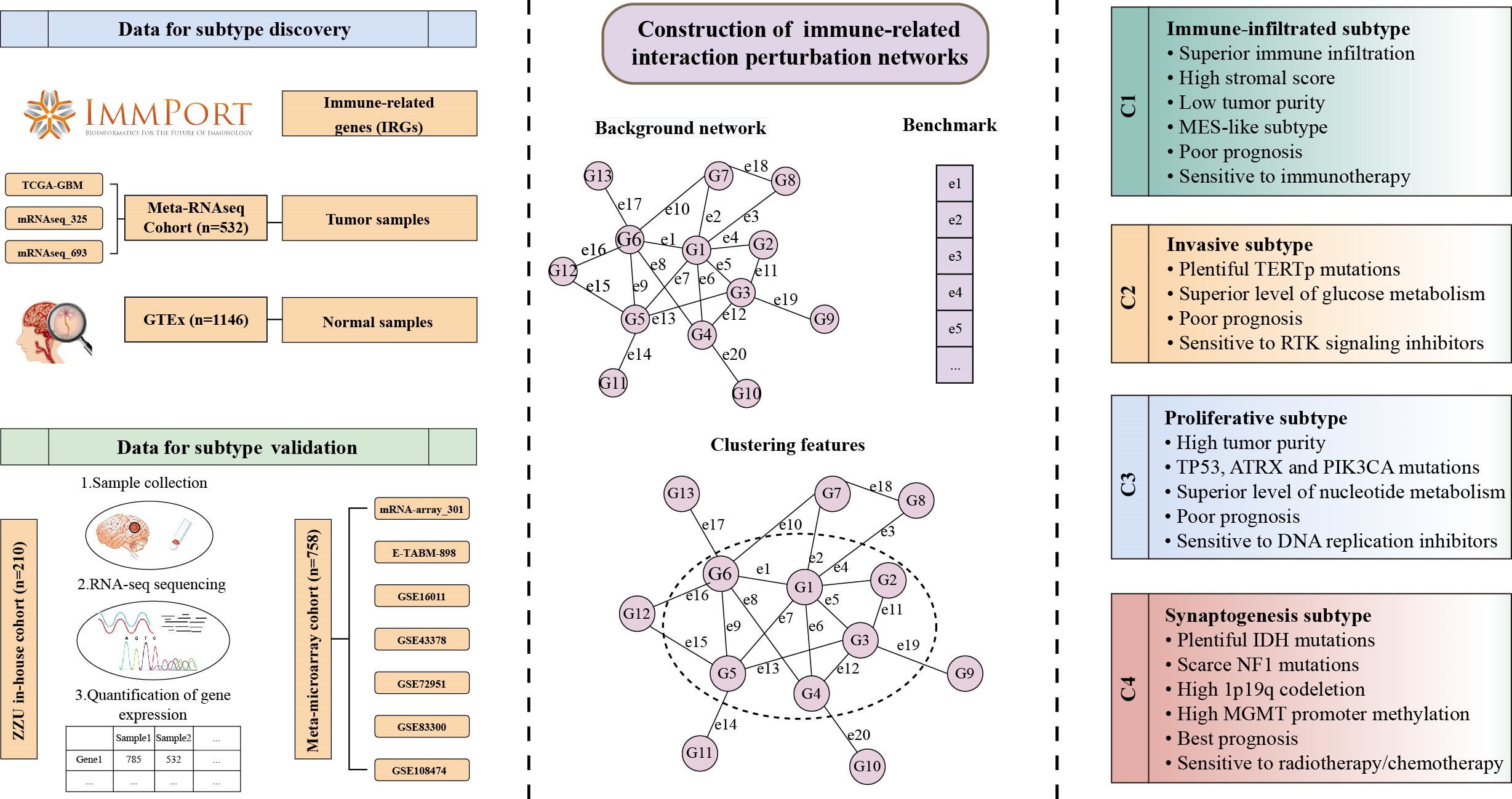
This study introduced an immune-related interaction-perturbation framework, which both considered vital interaction information in the biological network and the relationship between immunity and cancer. Four glioblastoma subtypes endowed with distinct clinical outcomes and biological features were identified from the immune-related interaction-perturbation network. The stability and robustness of this taxonomy were validated in public datasets and our in-house cohort. Our taxonomy might be a promising platform to decipher the heterogeneity of glioblastoma and facilitate tailored management.
Taxonomic identification of bile salt hydrolase-encoding lactobacilli: Modulation of the enterohepatic bile acid profile
- 16 July 2023
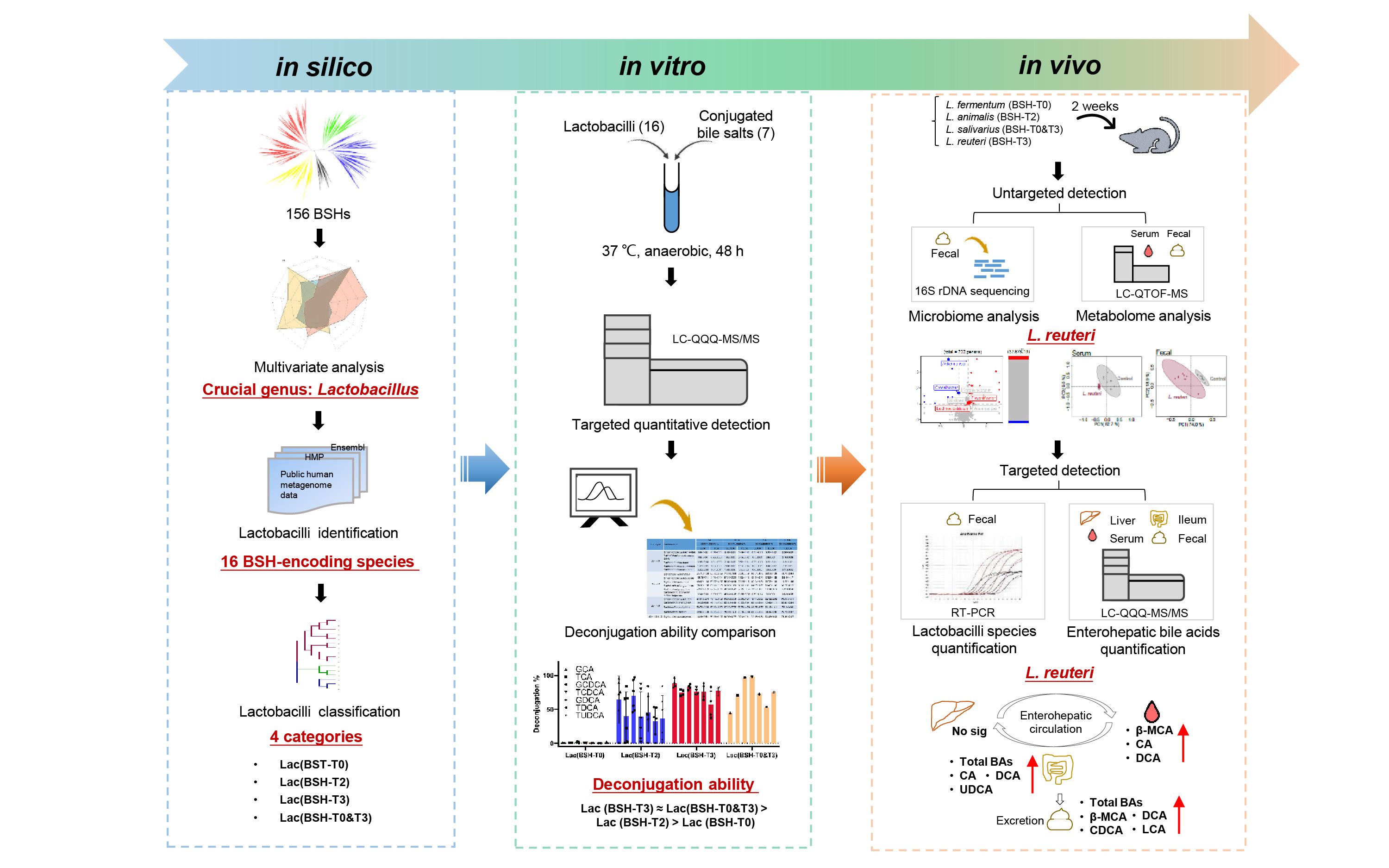
Based on our previous work, Lactobacillus was identified as a crucial genus encoding bile salt hydrolase (BSH). Sixteen species of lactobacilli were obtained and classified into four typical categories according to BSH phylotypes used in silico approaches. Then, an in vitro detection experiment showed that the deconjugation ability of the lactobacilli strains could be represented as follows: Lac (BSH-T3) ≈ Ligilactobacillus. salivarius > Lac (BSH-T2) > Lac (BSH-T0). Furthermore, in vivo studies of four representative strains from four categories showed that administration of Limosilactobacillus reuteri altered the structure of the gut microbiome and metabolome in mice and modulated the enterohepatic circulation of bile acids (BAs), specifically increasing total BAs and some unconjugated BAs.
Lepidium meyenii Walp (Maca)-derived extracellular vesicles ameliorate depression by promoting 5-HT synthesis via the modulation of gut–brain axis
- 04 June 2023
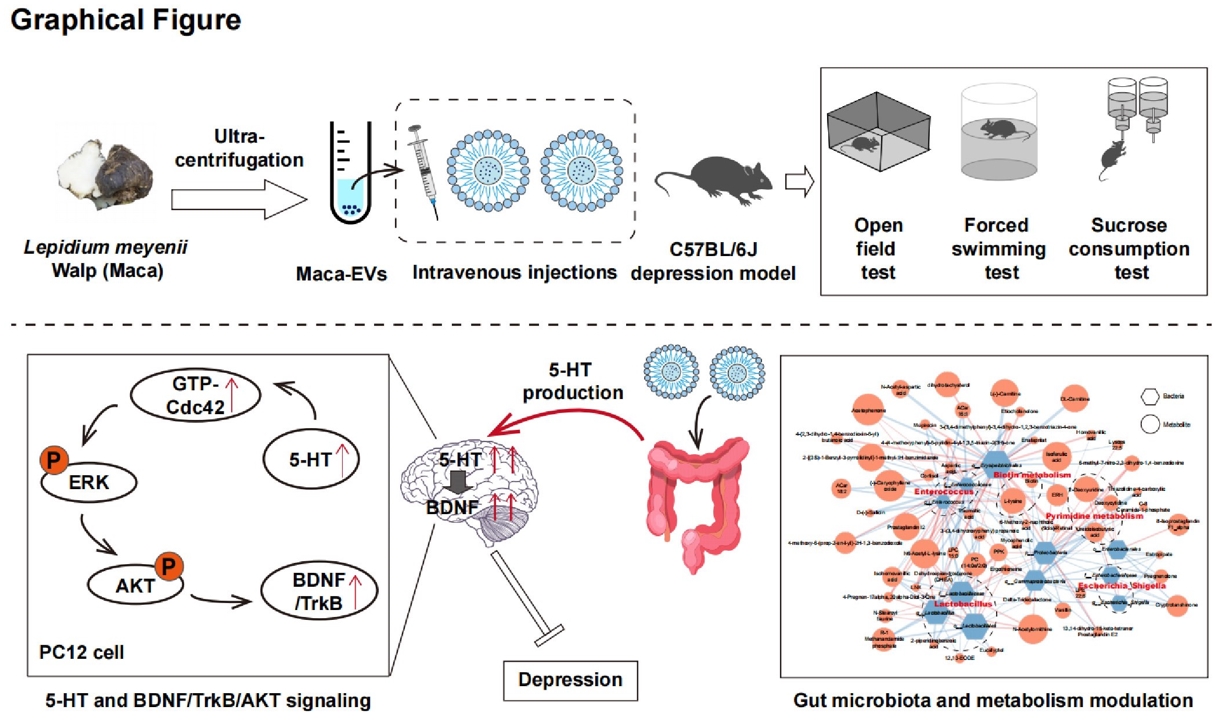
We successfully isolated Maca-EVs using ultracentrifugation and tested its antidepressant effects in the unpredictable chronic mild stress mice. Maca-EVs increased serum serotonin (5-HT) levels probably via the gut microbiota and metabolism modulation. The antidepressant activity of Maca-EVs may be attributed to the enhanced serum 5-HT levels and subsequent activation of the GTP-Cdc42/ERK and BDNF/TrkB/AKT signaling pathway.
HPVTIMER: A shiny web application for tumor immune estimation in human papillomavirus-associated cancers
- 12 August 2023
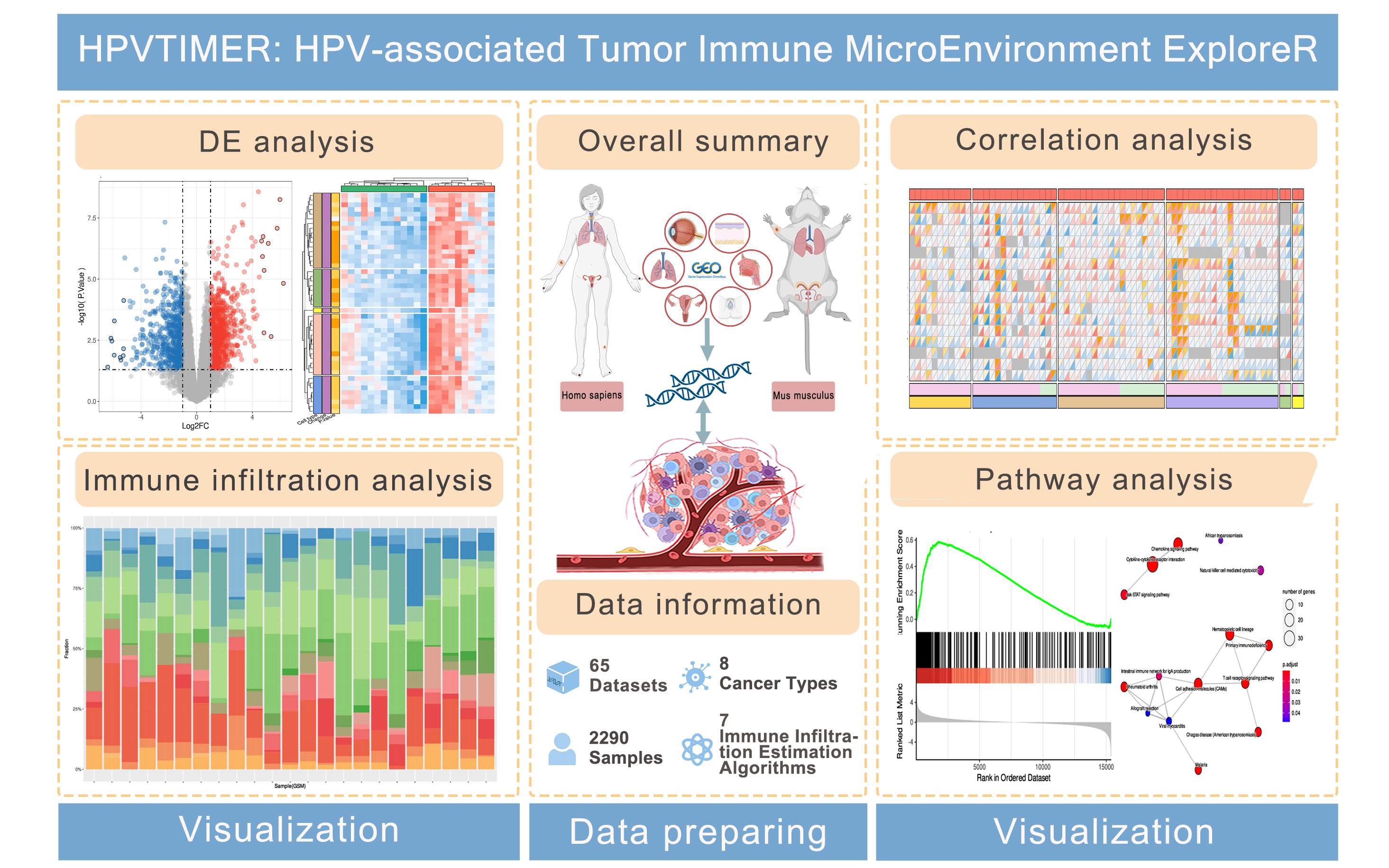
HPV-associated Tumor Immune MicroEnvironment ExploreR (HPVTIMER) integrates transcriptomic data from the National Center for Biotechnology Information (NCBI) Gene Expression Omnibus (GEO) database for HPV-associated cancers to allow users to perform various analyses, including differential expression analysis, correlation analysis, pathway analysis, and immune infiltration analysis based on HPV infection status.
Plant pathogenesis: Toward multidimensional understanding of the microbiome
- 16 July 2023
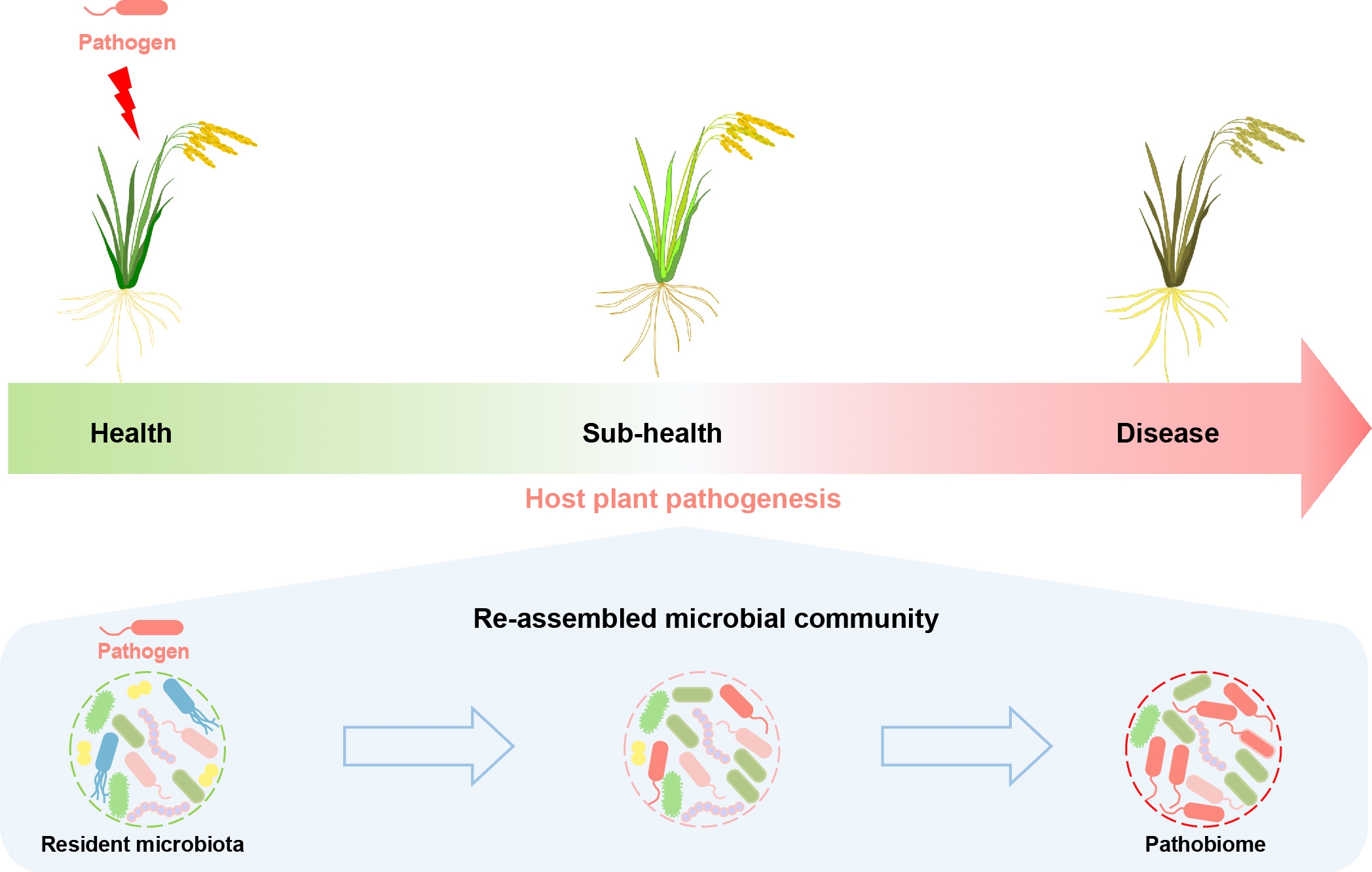
Understanding plant pathogenesis faces the challenges of the emerging paradigm involving the plant microbiome. In this article, we highlight the detrimental actions mediated by the pathobiome at multiple scales and further discuss how natural and human triggers result in the prevalence of the plant pathobiome, which would probably provide a clue to mitigation of the plant disease epidemics.
Pleiotropic activities of succinate: The interplay between gut microbiota and cardiovascular diseases
- 19 June 2023
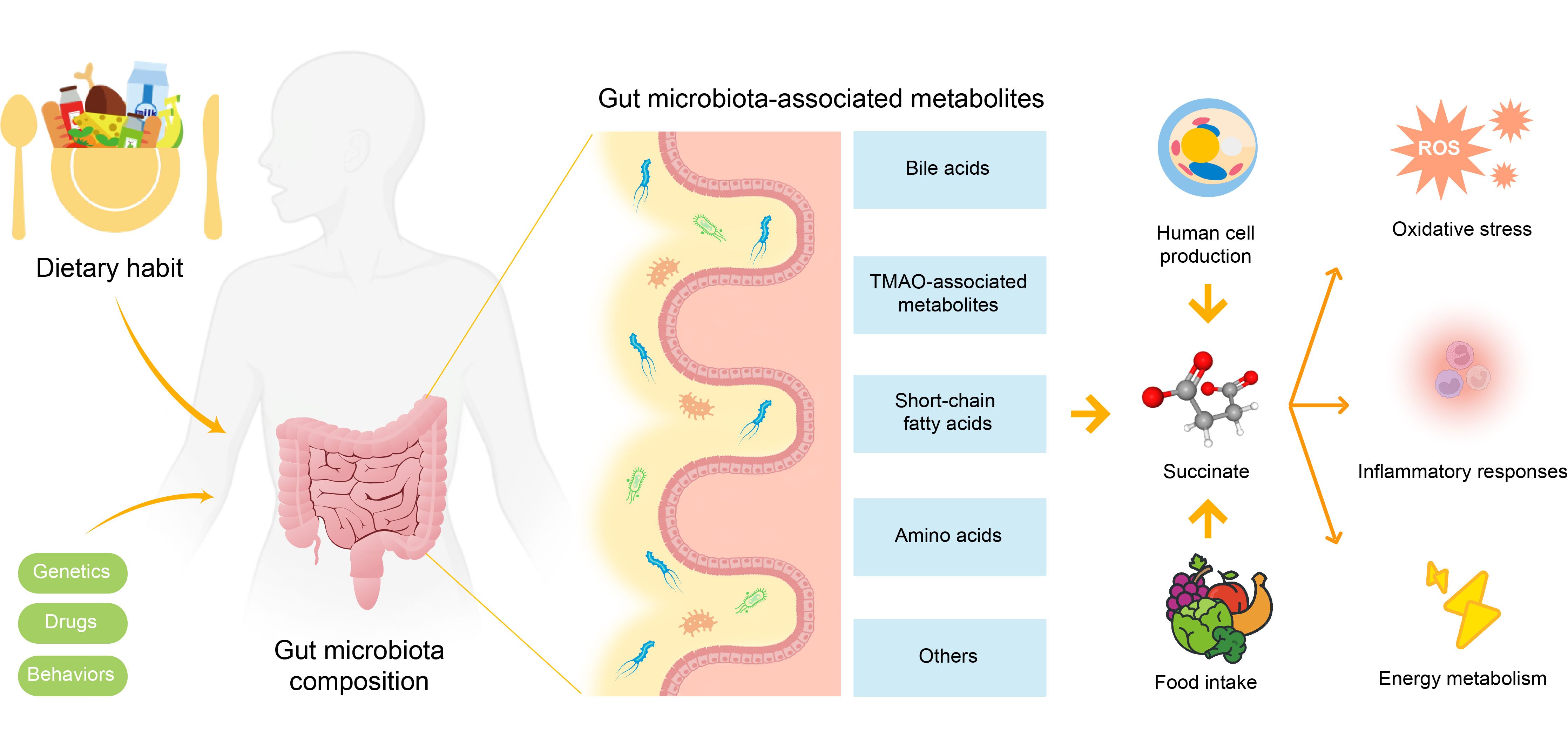
Current studies have suggested the pleiotropic functions of succinate in vascular endothelial injury, vascular smooth muscle cell proliferation and migration, ischemia–reperfusion injury, macrophage polarization, aortic aneurysm and dissection, regulation of the renin-angiotensin system, cardiomyocyte hypertrophy, etc.
Gut microbiota in heart failure and related interventions
- 10 July 2023
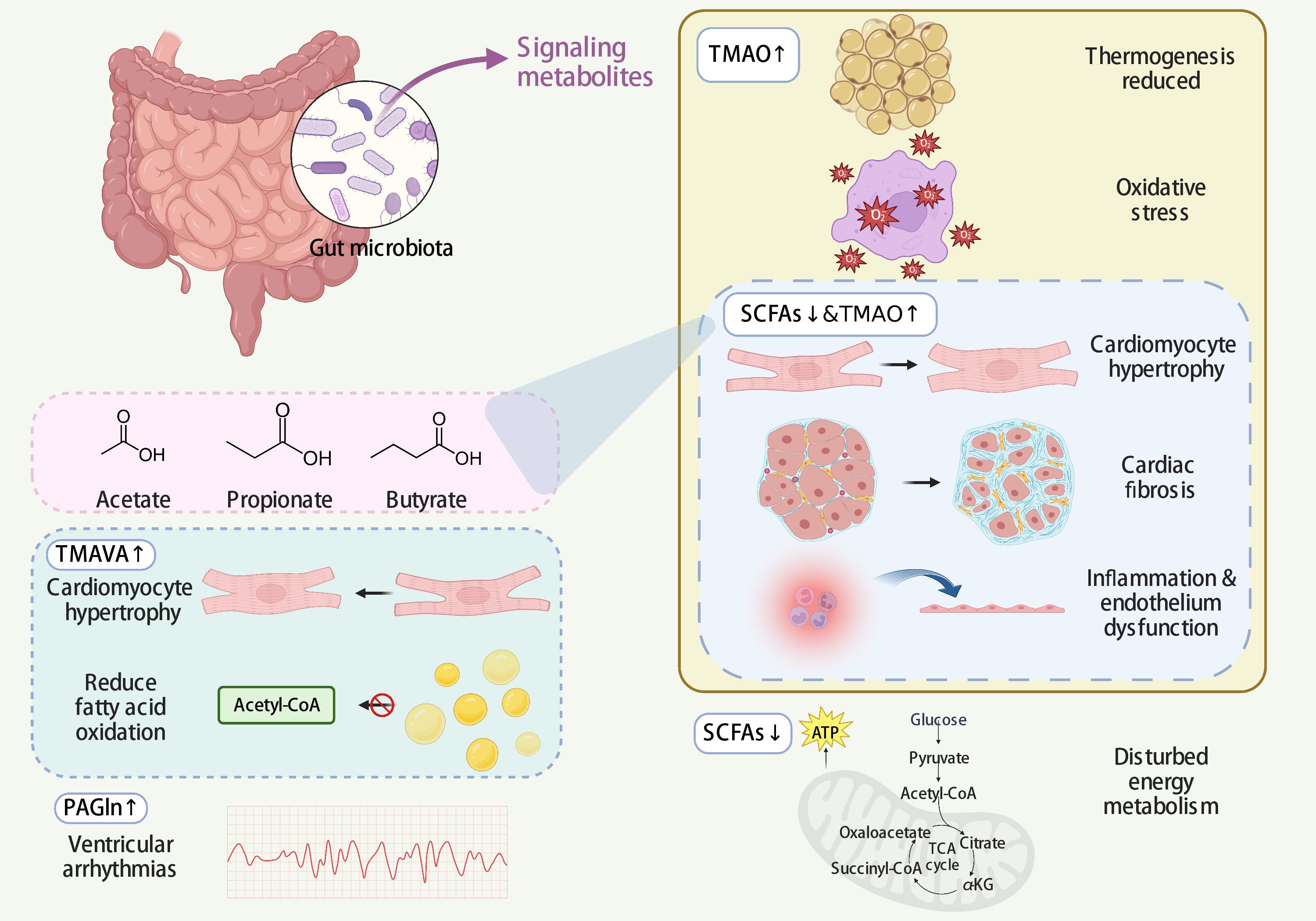
Heart failure is associated with the gut microbiota, while the gut hypothesis of heart failure is less discussed in a thorough manner. We reviewed how changes in metabolites of the gut microbiota contribute to heart failure and possible underlying mechanisms. We also reviewed potential interventions for heart failure targeting the gut microbiota, including dietary interventions, probiotic therapy, fecal microbiota transplantation, antibiotics, and other approaches.
Early stage of biofilm assembly on microplastics is structured by substrate size and bacterial motility
- 07 June 2023
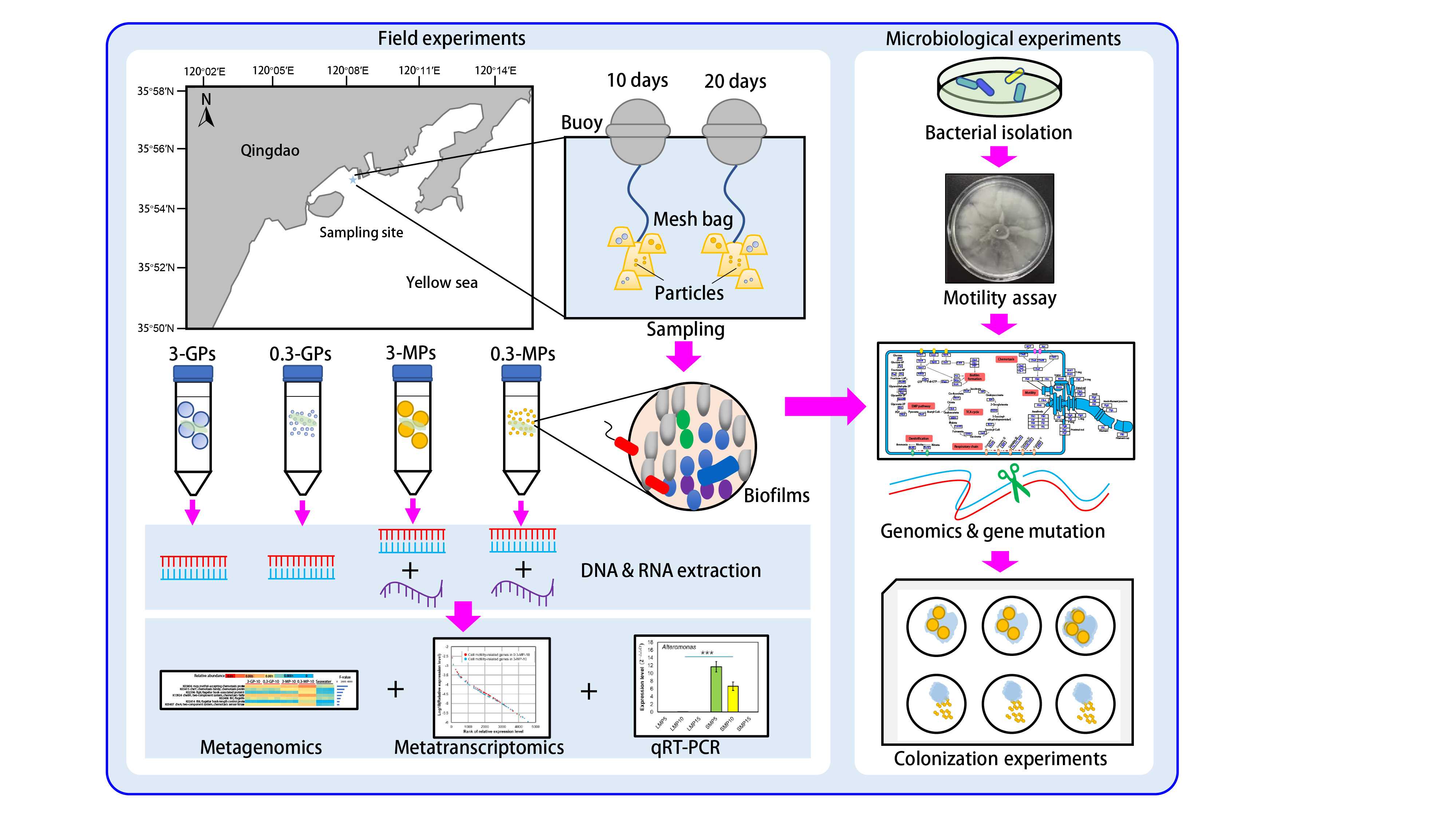
The taxonomic structure of biofilms on 0.3-mm microplastics differed significantly from that on 3-mm microplastics or glass particles. Compared with the 3-mm microplastics, biofilms on 0.3-mm microplastics were enriched for genes involved in flagellar-based motility and chemotaxis, pointing to a more ‘mobile’ community. The association between motility and bacterial colonization of 0.3-mm microplastics was observed through laboratory experiments using isolated strains.
Impact of antibacterial detergent on used-towel microbiomes at species-level and its effect on malodor control
- 05 June 2023
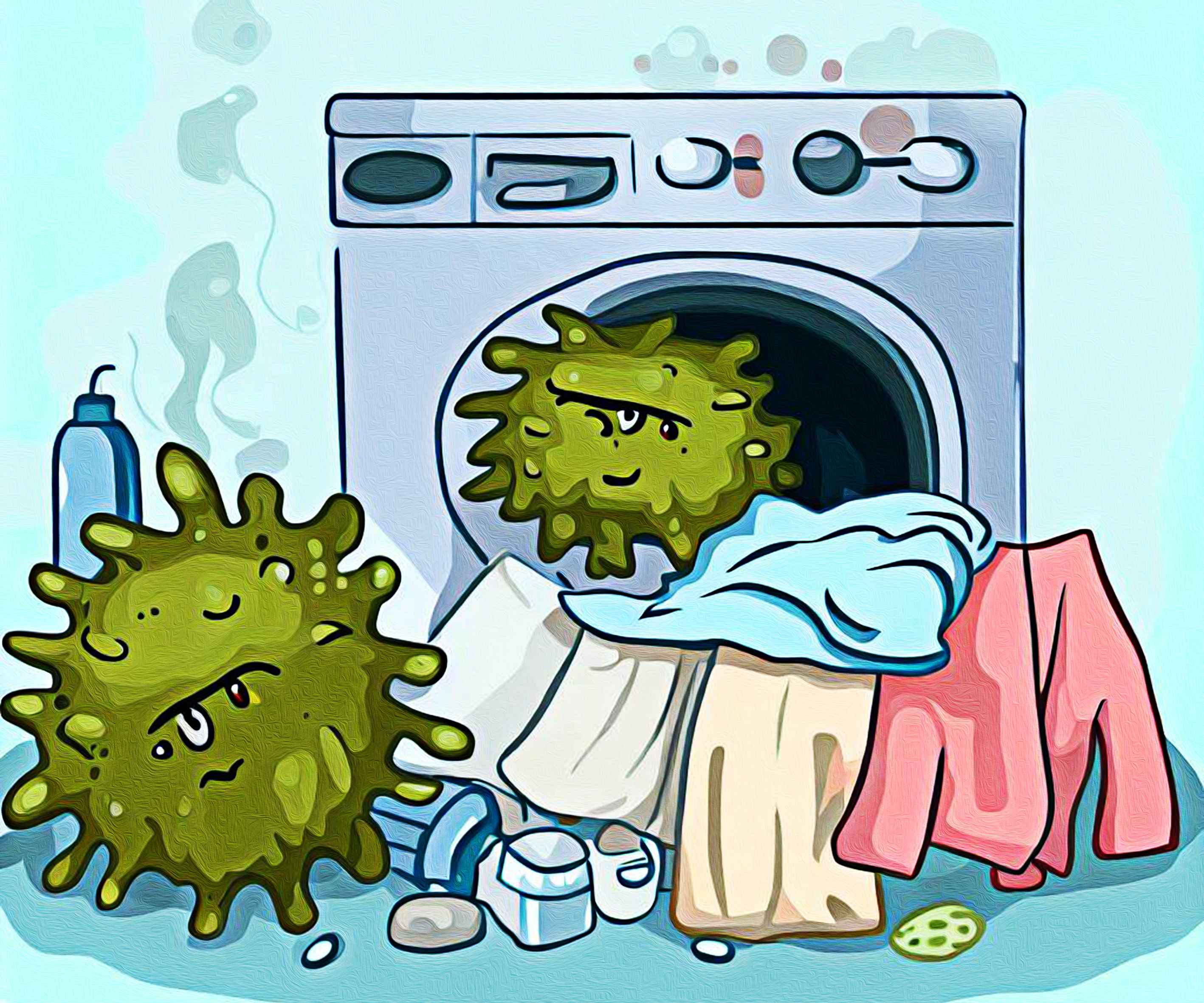
The impact of antibacterial detergent on microbial exchanges and its subsequent effect on malodor in used towels were examined. Homogenization of microbiome among postwashed and indoor dried towels that was dominated by known malodor-producing bacteria. The microbial exchange was attenuated, and the abundance of malodor-producing bacteria was reduced in towels laundered with antibacterial detergent. Reduction of malodorous volatile organic compounds produced from towels laundered with antibacterial detergent.




